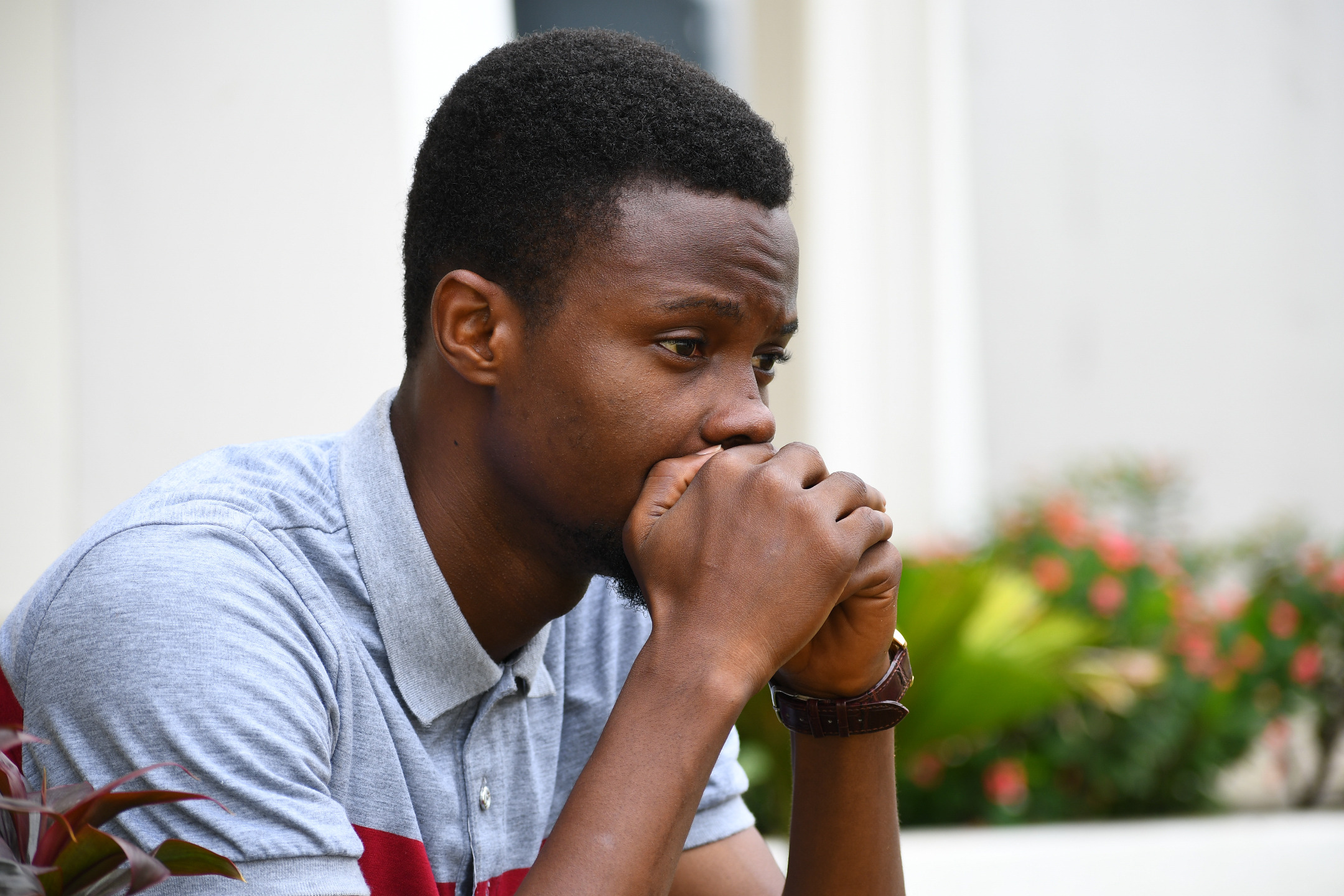After studying stress for years, examining the research and working with her clients, Van Deusen realized that “Stress is starting to change.” While people have typically been stressed by money and work, “now people are worried about available healthcare, our nation’s future, and our future in general.”
The deep sense of anxiety started with the invention of the iPhone, “a technology designed to connect us to one another, but, instead, has created barriers to relationship connection.”
Most of all, she said, “We’re missing opportunities to connect with each other in ways that promote secure attachment, that promote happiness and well-being and that actually reduce stress.”
What does attachment have to do with this, I wondered. Referring to the work of British psychoanalyst John Bowlby (1988), Van Deusen explained that attachment is “the psychological bond between two people over time. When this bond is consistent and caring, we feel safe and secure.”
“Secure attachment begins when we are babies and our caregivers are consistent, reassuring, and dependable—when we feel seen and understood by the other person,” she said.
Insecure attachment happens when caregivers are “neglectful and unavailable” or inconsistent, “highly critical in one moment and loving in the next, so the infant’s not really sure what to expect.”
Why attachment is so important, she explained, “is that the hypothalamic pituitary axis (HPA), which is the axis in the body that regulates stress, is present at birth. And research has found that the quality of infant care affects how well that HPA will work later in life.
So the HPA is really important to emotional regulation, to being able to develop empathy. It’s key in brain development. The attachment relationship between the primary caregiver and the infant literally helps the brain grow.”
Without secure attachment, we can become chronically anxious, insecure, unable to trust, and particularly susceptible to stress.
Dr. Van Deusen sees our current stress epidemic as a reflection of our insecure attachment to our country. She referred to a pioneering study that validates how people develop attachments to their nations, being akin to the primary caregiver in attachment theory. Van Deusen points out that the researchers found that people with secure attachments to their nation had a greater sense of well-being.
The threat of global warming and the ever-present, addictive nature of technology, all contribute to insecure attachment, making us feel we are not safe in our own country.
At the same time, instead of close personal relationships that can strengthen our emotional security, we have what Van Deusen calls “the estranging factor” of social media.
She explained, “if people are getting their sense of self-worth, from what they’re seeing on social media, we’ve got a problem because the majority of what is posted is not a reflection of reality. People put their best selves forward, advertise all of the fabulous things they might be doing, and it makes other people feel inadequate. I see it in my practice all the time.”
That’s the bad news. But the good news is that we can do something about it. We can begin reversing this unhealthy situation to heal our lives both individually and collectively. Dr. Van Deusen offers twelve powerful stress relief strategies in her book. Three key strategies are mindfulness, setting boundaries around technology, and reconnecting with nature.
1. Mindfulness, she says, is “non-judgmental, compassionate awareness in the present moment.” It’s not only a meditative practice but a way of life that research has shown relieves stress, anxiety, chronic pain, and a wide variety of illnesses.
Van Deusen has found a powerful connection between mindfulness and attunement between the caregiver and child, the underlying concept of secure attachment.
Mindfulness, she explains, “creates a sense of well-being, a sense of confidence, a sense of being able to accept ourselves, increasing awareness of what’s going on with ourselves emotionally, so we know how to respond more proactively instead of reactively to situations.” She works with many of her clients to help them cultivate a personal mindfulness practice.
2. Setting Boundaries around Technology. “People are looking down more than they are looking at one another these days,” she says. All around us are couples in restaurants, people in stores, people crossing the streets even (dangerously) driving while looking at their phones.
She says that “the smartphone rings or dings and while when it does, it actually increases a person’s stress response. It also increases dopamine,” the reward response. Aware of “the addictive quality of the smartphone,” she helps her clients come up with technology boundaries that work for them—putting their phones away for several hours of the day or taking social media or news apps off their phones so they aren’t “endlessly distracted.”
3. Reconnecting with Nature. Van Deusen explains how “being connected to nature increases the positive emotion of awe which increases our sense of wellbeing and decreases cortisol in the body,” relieving stress. She pointed to research showing that it “also quiets the default mode network, which is that part of the brain that tends to negatively ruminate about all the things that are going wrong in our lives. It engages the prefrontal cortex in the same way that they’re finding mindfulness meditation does”
One of Dr. Van Deusen’s clients was a chronically anxious woman, “struggling with the stress of a serious health issue, relationship conflict, and worry about political divide.” So they “talked a lot about getting out into nature, just taking a walk, just noticing the trees or the sky or the water and being in a mindful, present relationship with her natural surroundings.”
The client took Dr. Van Deusen’s advice and reported to Van Deusen that she felt “less alone, more held by the earth, more grounded, more connected.” She was grateful that her stress was relieved and that she had found this healing practice of connecting with nature, a practice validated by current research.
So if you’re feeling stressed and overwhelmed, you could try these three steps to begin feeling more mindful and at peace: practising mindfulness, setting boundaries around technology, and reconnecting with nature to cultivate a more secure attachment with yourself, your relationships, and your world.






